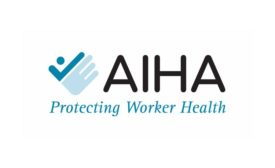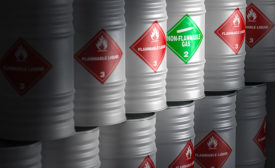OSHA
Are you versed in industrial hygiene activities?
The need for health professionals is rising
January 10, 2019
2019 top standards- OSHA Most Frequently Violated Standards
OSHA respiratory protection standard
Respiratory Protection (1910.134)- OSHA’s respiratory protection standard was the fourth most-frequently cited agency standard in FY 2018.
January 7, 2019
2019 top standards- OSHA Most Frequently Violated Standards
OSHA hazard communication standard
Hazard Communication (1910.1200) OSHA’s hazard communication standard was the second most-frequently cited agency standard in FY 2018.
January 7, 2019
2019 top standards- OSHA Most Frequently Violated Standards
OSHA scaffolding standard
Scaffolding (1926.451) OSHA’s scaffolding standard for construction was the third most-frequently cited agency standard in FY 2018.
January 7, 2019
2019 top standards- OSHA Most Frequently Violated Standards
OSHA lockout tagout standard
Control of Hazardous Energy (Lockout-Tagout) General Industry (1910.147)
January 4, 2019
Never miss the latest news and trends driving the safety industry
eNewsletter | Website | eMagazine
JOIN TODAYCopyright ©2024. All Rights Reserved BNP Media.
Design, CMS, Hosting & Web Development :: ePublishing










